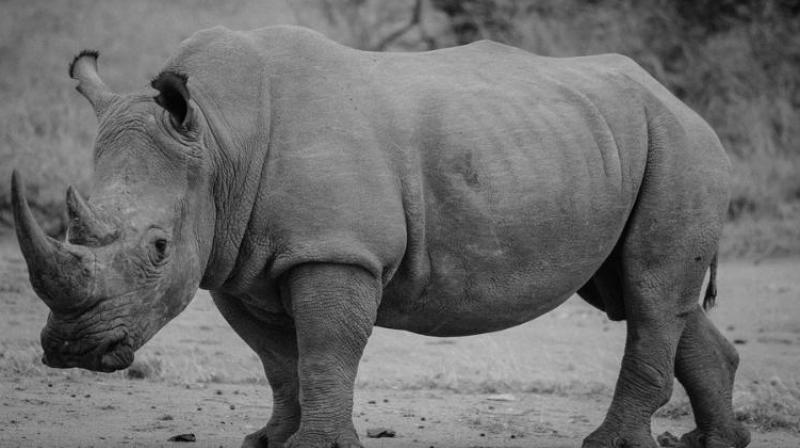11 rhinoceros killed in Kenya transit

Nairobi: It was a disaster that left wildlife lovers around the globe appalled and baffled. Eleven of Kenya’s precious black rhinos were transferred to a new home in what was supposed to be a routine operation in a country fabled for its conservation.
So how did all of them end up dead?
The primary cause of death, an official report found, was due to toxic levels of salt in the water of their sanctuary.
But an investigation has found that the problem was well known and deep concerns were ignored.
Experts sounded repeated warnings about the site’s unsuitability.
Yet the relocation project was pushed through and officials are now blaming each other for the fiasco. The translocation was launched with great fanfare in late June by Kenya’s tourism and wildlife minister, Najib Balala, and the World Wildlife Fund (WWF), which donated a million dollars for the project.
Dubbed #TheBigMove, the operation would help ensure the survival of a species brutally depleted by poaching. The International Union for Conservation of Nature (IUCN) describes the black rhinoceros (Diceros bicornis) as Critically Endangered just one step away from being extinct in the wild.
Rhino from parks in Nairobi and Nakuru were sedated, loaded and transported to a new sanctuary in Tsavo East, a project that the Kenya Wildlife Service (KWS) and WWF had spent six years preparing.
There, the rhino drank borehole water so salty that it corroded a metal grill around the pump valve, and no other wildlife would come near it, said Dr Benson Kibore, head of Kenya's Union of Veterinary Practitioners.
The saline water made the animals only thirstier, pushing them to drink more, drawing water out of their body tissue, thickening and slowing their blood. They were “desiccated”, said Kibore.
A rhino named Bolt was the first to die, and the others soon followed. The last, Jack, was so weakened he could not fend off a lion attack that left him wobbling and alone, with huge gashes in his side before he succumbed days later.

